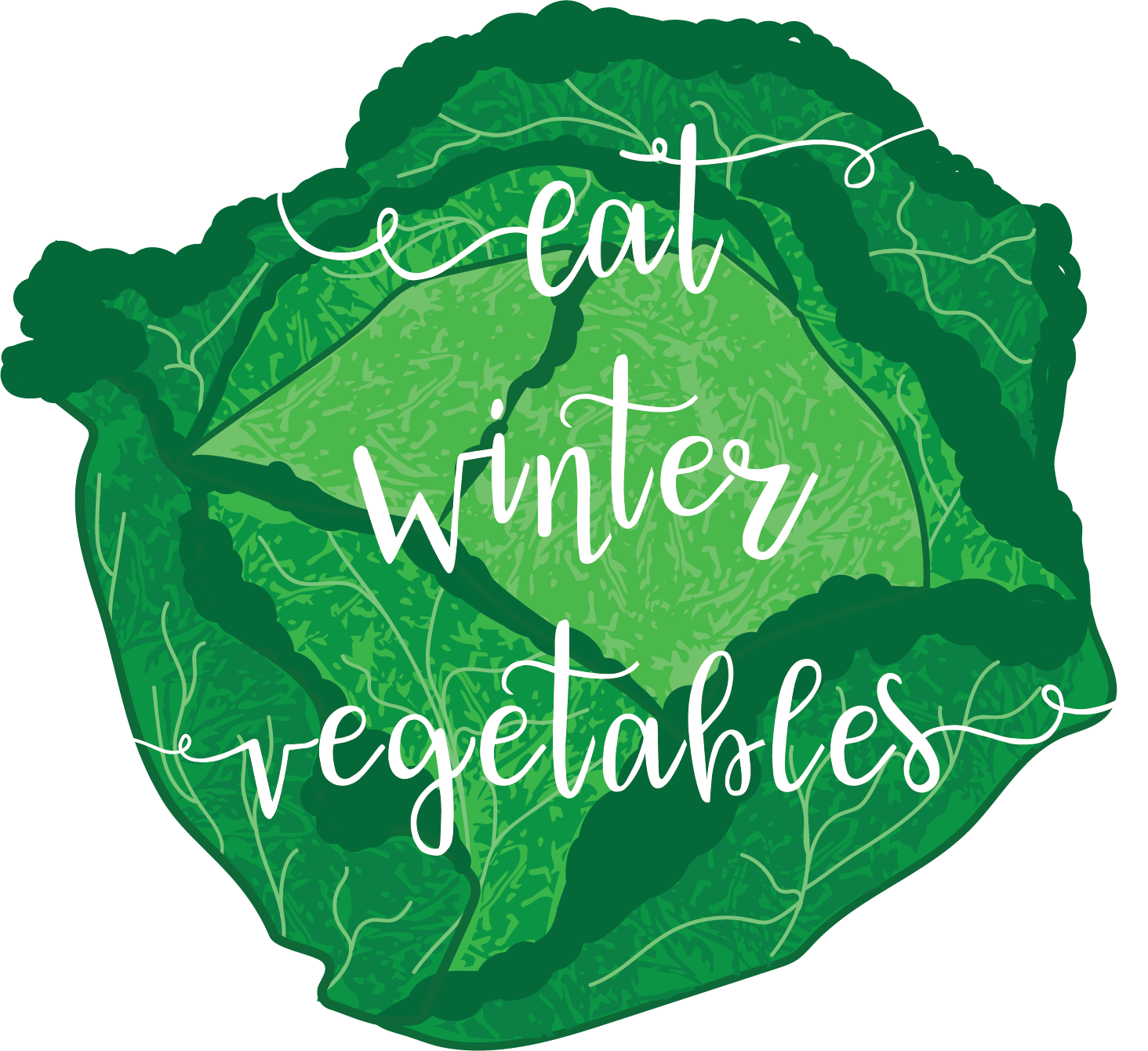
BRUSSELS SPROUTS
Brussels sprouts is another Brassica oleracea that is grown for it's edible buds. Store fresh, unwashed, and untrimmed Brussels sprouts, both loose and on the stalk, in a plastic bag in the crisper drawer of the refrigerator. Remove any yellowed or wilted leaves first. Even though Brussels sprouts can last up to a week or a little longer in the fridge, the flavor gets stronger and less sweet with time. Avoid washing them until ready to prepare them to avoid decay. Buying Brussels sprouts on the stalk prolong freshness. To help them maintain moisture and freshness, keep them on the stalk until you’re ready to prepare them.

CABBAGE
Cabbage can store well in your refrigerator crisper. Placing cabbage in a plastic bag will help retain moisture but it isn't necessary. If you use only a partial head, make sure to tightly wrap the remainder and put into the fridge. Looser-leaved savoy (crinkled leaves) varieties will not store as long as smooth, firm-headed types. Savoy cabbage is a little more tender than smooth cabbage. Sine they don't have the same raw crispness, it's often best when cooked.

CAULIFLOWER
Cauliflower is one of several vegetables in the species Brassica oleracea which is in the Brassicaceae family. Members of this family are also called "Cruciferous vegetables" including cauliflower, cabbage, garden cress, bok choy, broccoli, Brussels sprouts and similar green leaf vegetables. Like most winter vegetables, the cold weather brings out its sweetness, so cauliflower's flavor is at its best in winter and into early spring. Keep cauliflower loosely wrapped in plastic in the fridge. Fresh from the market or farm heads will last up to 2 weeks.

CELERIAC
Celeriac, also called turnip-rooted celery, celery root, or knob celery, is a variety of celery cultivated for its edible stem. It has a mild, celery-like flavor with a starchy, potato-like texture. The root is edible raw or cooked, as well as the leaves and stems which are often still attached when sold at farmers' markets.
Celeriac stores well in the refrigerator. When wrapped loosely in plastic in the crisper, it will last up to several weeks. Don't peel celery root to store it, as it will oxidize and turn brown. Don't wash it before storing; only brush off any dirt attached to it

GARLIC
Most garlic consumed in Oregon is sourced from outside the state, and most of that is sourced from outside the US (e.g. Mexico and Argentina).Oregon’s mild wet winters and dry summers make it an excellent place to grow specialty garlic as there is little risk of winter damage or summer rains interfering with the drying process. Fresh market garlic growers can sell specialty garlic products year-round into the ever expanding local food system by selling garlic greens, bunched green garlic, garlic scapes, green garlic bulbs, and a time series of dried bulb varieties, starting with those with a short storage life and finishing with those with a very long storage life.

PURPLE SPROUTING BROCCOLI
Purple sprouting broccoli is an ideal crop in the Pacific Northwest as it can be summer planted, overwintered, and harvested in late winter/early spring. The harvest window, usually February through March, comes at a time when little diversity in fresh locally-grown produce is available in the region and overwintering storage crops are waning. It is gaining popularity as a gourmet produce item distinct from traditional broccoli. The best varieties have tender stems, sweet flavor, and buds that are about 2 inches across and a beautiful purple color high in anthocyanins, a health promoting antioxidant.

RADICCHIO
Chicory, in the US, is a term used to refer to all vegetables in the Chicorium genus, including radicchio, but also frisee, escarole, Belgian endive, and “dandelion” greens (also known as Catalogna chicory).
At its most basic, Radicchio is the name used to refer to varieties of chicory that form a tight head. The refined varieties of radicchio we know today were likely selected originally by propagating particularly red specimens of wild chicory. Just as Romaine, Bibb, and Leaf lettuce are all “lettuce”, so too are Rosso di Treviso and Castelfranco both types of radicchio.
Radicchio, generally, thrives without heavy nutrient inputs, is fairly free from pest and disease issues, and holds well in the field and in cold storage.

WINTER SQUASH
Check out the Eat Winter Squash project site for tons of information on winter squash types and varieties that grow and store well in Oregon and taste great! The Eat Winter Vegetable project focuses specifically on Tetsukabuto and Black Futsu squash.
Tetsukabuto (Tetsu) is a mule of the squash world. It is a cross between a Cucurbita moschata (butternut type) and a Cucurbita maxima (kabocha type) and it truly is a workhorse! It is extremely productive, resistant to diseases and insects, and it stores and stores and stores very well. This is not a squash that will rot on your kitchen counter.
Black Futsu is a small open pollinated squash from Japan becoming more popular as it is delicious and small and the skin is edible. It has a fruity fine-grained flesh that makes it great in a salad. Black Futsu turns from a dark green to tan as it ripens.








